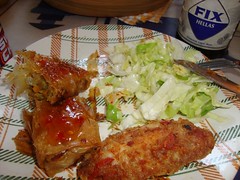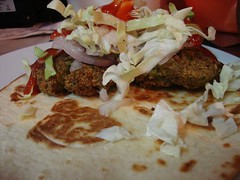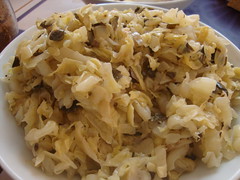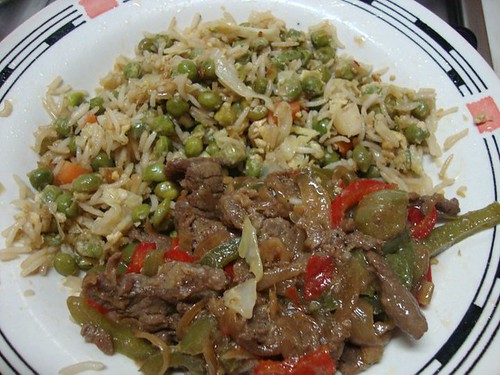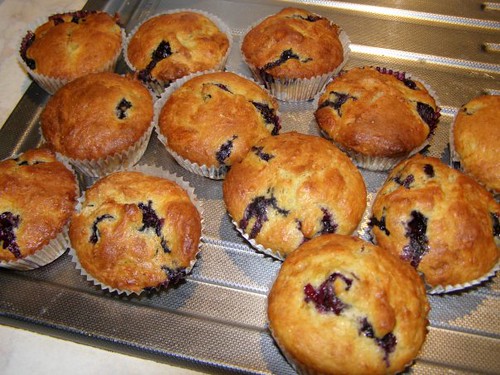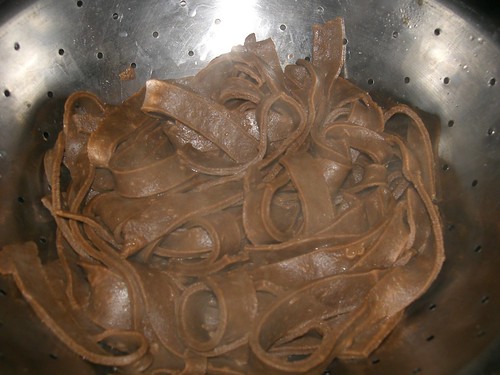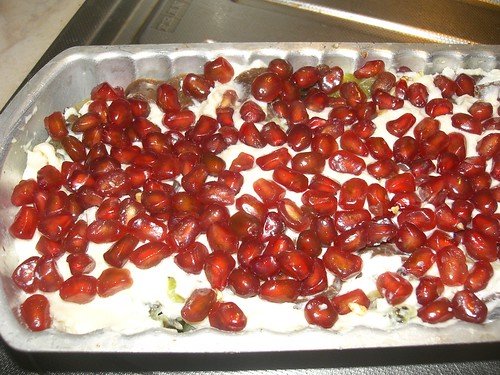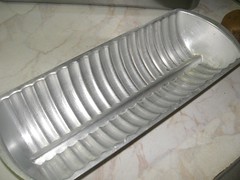The Agia Marina Donkey Rescue is a registered Greek non-profit organisation which is run purely on donations and TLC, by the Doulyerakis family of South Crete since 2004. It is a haven in the sunshine for aged, abused and unwanted working donkeys. If you can make a donation to the donkey sanctuary, please contact Barbara through the site's facebook page: https://www.facebook.com/pages/Agia-Marina-Donkey-Rescue/225542274129832
You can also check the sanctuary's webpage: http://www.agia-marina-donkeyrescue.com/new.html
In my fabric work, I don't let anything go to waste. I find a use for all my fabric scraps. Having recently tried out the log cabin patchwork design, I found myself with a bunch of log cabin blocks which I had no use for, as I had no project in mind when I started making them.

A lovely way to distribute this kind of creation is to make them for charity. I recently made some donkey purses for the Agia Marina Donkey Rescue, a charity I really believe in. Greece is full of abandoned abused donkeys, who are utterly helpless, crisis or no crisis. Thanks to the Agia Marina Donkey Rescue, some of those donkeys are being looked after, spending the remainder of their lives in loving care and comfort. I visited the donkey sanctuary last April and was overwhelmed by their presence:

Then I came across the mug rug through a pinterest search. The mug rug is becoming increasingly popular in patchwork circles. It's a kind of nano-quilt, perfect for using as a large coaster which can also fit a biscuit, spoon or other culinary tool/comestible in its space. The mug rug could also be used as a pot holder.
My mug rugs, like practically all my creations, are made with reused, repurposed, recycled fabric and old spools of thread, which have all been upcycled. Nothing has been bought specifically for making them. Such creations are a sustainable way of reusing resources, creating something out of nothing, and ensuring that nothing goes to waste. It's not just the environmentally conscious that get satisfaction out of this. In these kinds of times that we are living in, I feel a sense of relief that I don't need to spend money that doesn't come so easily on my hobby work.
My mug rugs, like practically all my creations, are made with reused, repurposed, recycled fabric and old spools of thread, which have all been upcycled. Nothing has been bought specifically for making them. Such creations are a sustainable way of reusing resources, creating something out of nothing, and ensuring that nothing goes to waste. It's not just the environmentally conscious that get satisfaction out of this. In these kinds of times that we are living in, I feel a sense of relief that I don't need to spend money that doesn't come so easily on my hobby work.

A lovely way to distribute this kind of creation is to make them for charity. I recently made some donkey purses for the Agia Marina Donkey Rescue, a charity I really believe in. Greece is full of abandoned abused donkeys, who are utterly helpless, crisis or no crisis. Thanks to the Agia Marina Donkey Rescue, some of those donkeys are being looked after, spending the remainder of their lives in loving care and comfort. I visited the donkey sanctuary last April and was overwhelmed by their presence:
"What do you do with a donkey you no longer want or need? You can give it away, or sell it, but this is difficult in our times, when the traditional use for donkeys is no longer needed. Some people set them free to roam, which sounds kind, but this is not really the case. A donkey that is set free by its owners will wander away and run into trouble. While it may find enough food to eat, it will probably not find enough water, so in the summer, it will die of thirst. They may also be run over by cars on the road: if they were used to being led by their owner, they will not sense the danger of passing vehicles. Other owners just tie them up to a pole and leave them to their own fate, which is certain death." http://www.organicallycooked.com/2015/04/agia-marina-donkey-rescue.htmlIn the mug rug, I have overlaid the Agia Marina Donkey Rescue emblem - a black silhouette of a donkey - on a patchwork block. The mug rugs are being sold at Agia Marina Donkey Rescue's Donk-E shop.
Our Donk-E-Shop is filling up with lot's of very colourful & exciting new stock !!...Everything sold in our shop goes to...
Posted by Agia Marina Donkey Rescue on Monday, 14 September 2015
All proceeds go to the donkey sanctuary. To buy an Agia Marina Donkey Rescue mug rug, please contact Barbara at donkeyrescue at hotmail dot com.
Please support the Agia Marina Donkey Rescue through my charity venture and the Agia Marina Donkey Rescue Donk-E shop. You will be helping the truly helpless of Greece, animals that are unable to fend for themselves.

Please share this article so that the Agia Marina Donkey Rescue may benefit in any way.
The Agia Marina Donkey Rescue is a registered Greek non-profit organisation which is runs purely on donations and TLC, by the Doulyerakis family of South Crete since 2004. It is a haven in the sunshine for aged, abused and unwanted working donkeys. If you can make a donation to the donkey sanctuary, please contact Barbara through the site's facebook page: https://www.facebook.com/pages/Agia-Marina-Donkey-Rescue/225542274129832
You can also check the sanctuary's webpage: http://www.agia-marina-donkeyrescue.com/new.html
©All Rights Reserved/Organically cooked. No part of this blog may be reproduced and/or copied by any means without prior consent from Maria Verivaki.






























